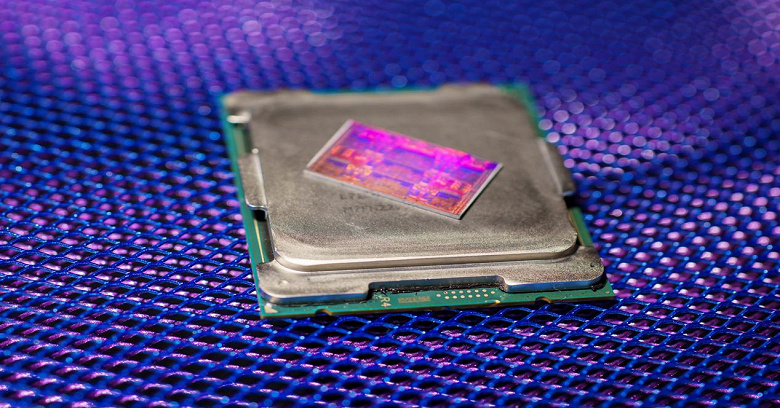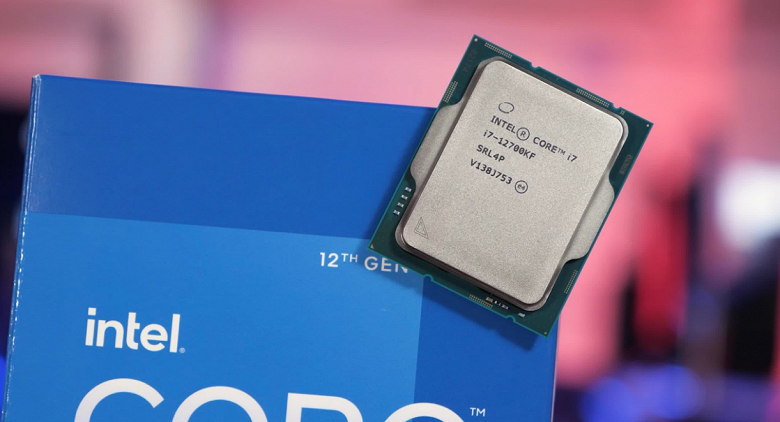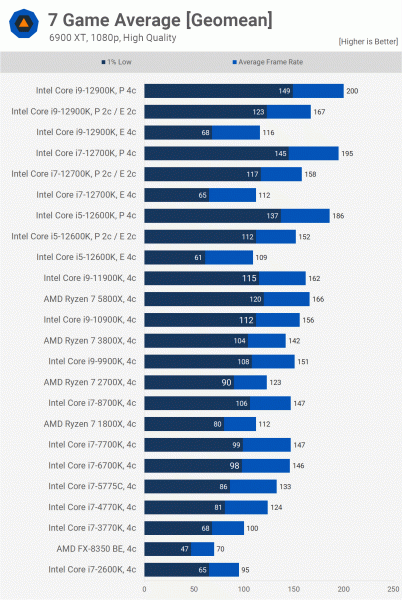Our colleagues from TechSpot have conducted extensive testing of Alder Lake processors in games from an unusual perspective. They tested how different cores and their configurations affect gaming performance and how this compares to other CPUs.

They took the Core i9-12900K, Core i7-12700K and Core i5-12600K, capped them at 4.2 GHz and tested them in three configurations: with four large cores, four small cores, and two small and two large active cores. Thus, the source checked not only the three configurations, but also the impact on the performance of the L3 cache, since in the conditions described above, only this was the difference between the above three.

As for the rest of the test participants, they were similarly limited in frequency and number of cores, except that in all other cases, of course, it was always about only four ordinary large cores. The Radeon RX 6900 XT was chosen as the video card, and the settings always meant maximum graphics quality and Full HD resolution.
The source has diagrams for seven different games, but we only present one final one.

So what can be learned from this specific testing? Most importantly, small E-cores are ineffective for gaming. If in a number of applications (and even in one game) small cores can really be compared with Skylake cores, as Intel itself claims, then in most games the Gracemont architecture cannot compete with Skylake at all. Four small cores can be somewhere between Ivy Bridge and Haswell, and can also compete with the first generation Zen. Of course, this is not bad at all for very energy efficient and compact cores, but nevertheless, for games in modern realities, they are much worse than other not even the most modern solutions. And the reason for this lies in the delays in the exchange of data between the cores. If for large cores it is 37 ns, then for small ones it is already 57 ns.
At the same time, the activation of two large cores and two small ones already leads to the fact that the Core i9-12900K bypasses all previous Intel processors, and even the Ryzen 7 5800X, although the difference there is only 1 point, so it is more correct to talk about parity. Be that as it may, already at this stage it is clear how good Intel’s Golden Cove architecture is, at least for games. Well, four large cores without support for small ones take Intel’s new products to a completely new level. In this form, the Core i9-12900K is almost a quarter faster than its predecessor. And this is with the most efficient video card.
As regards the difference between the three new Intel products, which, we recall, is caused exclusively by the L3 cache in this test mode, it is relatively small.
You can also look at the evolution of Intel and AMD in recent years. In the case of AMD, we see a colossal jump from the top-end FX to the first Ryzen, and then a fairly large increase when switching to Zen 2 and Zen 3. At Intel, everything is much more interesting, because since the days of the Core i7-6700K, performance has practically not increased. And this is logical, since up to the Core i9-11900K all these years Intel actually used the Skylake architecture. But the Core i9-11900K also provided only a very modest increase in performance, albeit almost catching up with Zen 3.
The source sums up its testing by saying that E-cores “suck for gamers.” In addition, because of them, there are problems with DRM protection, which have not yet been fully resolved.
.
Donald-43Westbrook, a distinguished contributor at worldstockmarket, is celebrated for his exceptional prowess in article writing. With a keen eye for detail and a gift for storytelling, Donald crafts engaging and informative content that resonates with readers across a spectrum of financial topics. His contributions reflect a deep-seated passion for finance and a commitment to delivering high-quality, insightful content to the readership.







